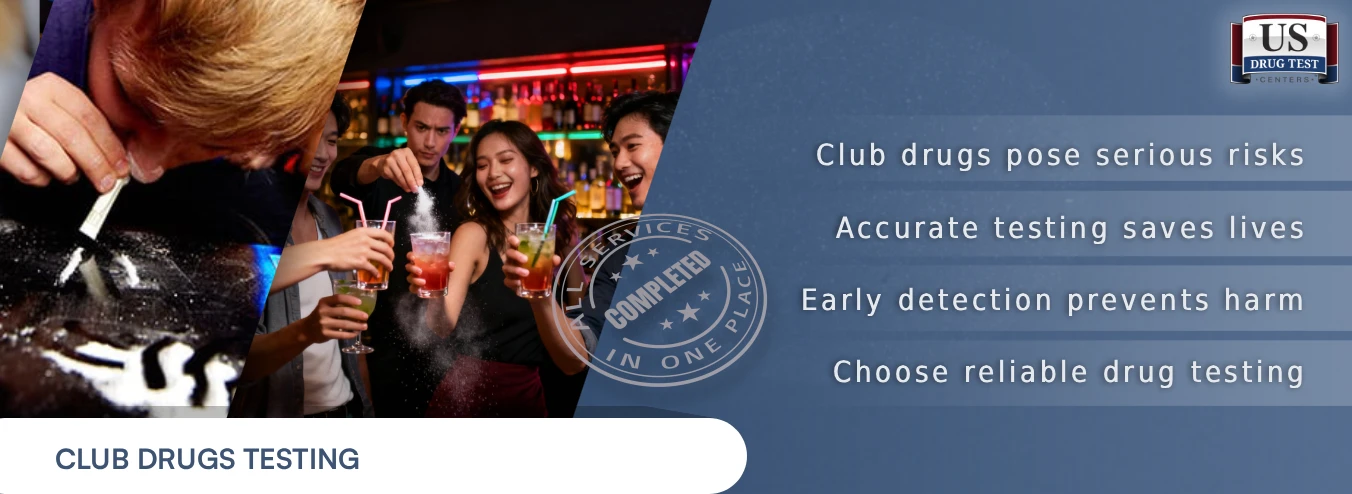
Last Updated: December 18, 2023
The name implies what they are – drugs used in clubs. These are typically night clubs, rave parties, and other music dance parties. Common club drugs include:
Ecstasy is the drug most closely associated with the rave scene, and it's an increasingly popular one. Drug control officials are concerned that its use has spread from the smaller rave culture to the mainstream youth culture, as drug use becomes increasingly normalized among the current generation. Ecstasy use has been expanding from primarily white, middle class, suburban youth to minority and urban youth. This is why it's vital to drug test for ecstasy.
Ravers also use amphetamines, cannabis, alcohol, and cocaine, but such use transcends involvement in the rave culture. Crack and heroin are not yet prominent in rave culture, but heroin use appears to be increasing among ravers in some jurisdictions.
Typical concerns of law enforcement at rave parties are drug overdoses and associated medical hazards; drug trafficking and the potential for violence associated with it; noise (from rave music, crowds, and traffic); driving under the influence; and traffic control and parking congestion.
Street-level drug dealing, clandestine drug labs, high-level trafficking in rave-related drugs, and use of illicit drugs in acquaintance rape can all be associated with the late-night, all-night parties.
Not everyone who attends raves uses illegal club drugs, and not everyone who uses illegal club drugs attends raves. However, there is substantial evidence that rave attendance and certain patterns of drug use are closely linked. People who attend raves tend to have more drug experience than those who do not, and people who use the drugs associated with raves are more likely to attend raves.
When drug testing for club drugs, it's important that the correct drug test panels be ordered. Methamphetamine and hence ecstasy can be detected in standard 5 panel drug test configurations. This panel also detects marijuana, cocaine, opiates (heroin), and PCP.
A drug test LSD, GHB, ketamine, and Rohypnol are stand-alone specialty tests.
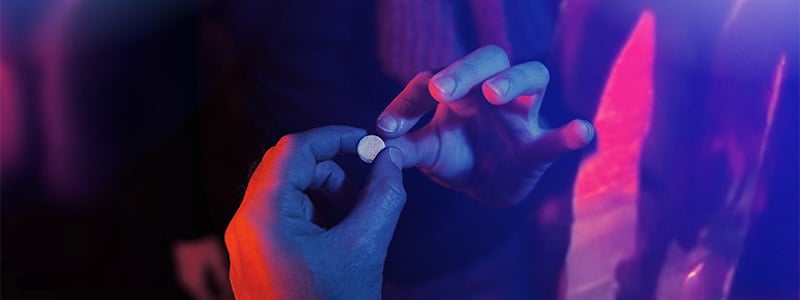
Gamma-hydroxybutyric acid (GHB) or Georgia Home Boy is a schedule I depressant. GHB is controlled as a schedule III drug. GHB abuse became popular among teens and young adults at dance clubs and raves in the 1990s and gained notoriety as a date rape drug. GHB is usually ingested orally, either in liquid or powder form.
GHB is a difficult drug to catch in testing due to rapid dissipation from urine. It's best to get tested as quickly as possible. Urine is the best specimen.
Order Specialty Drug Test →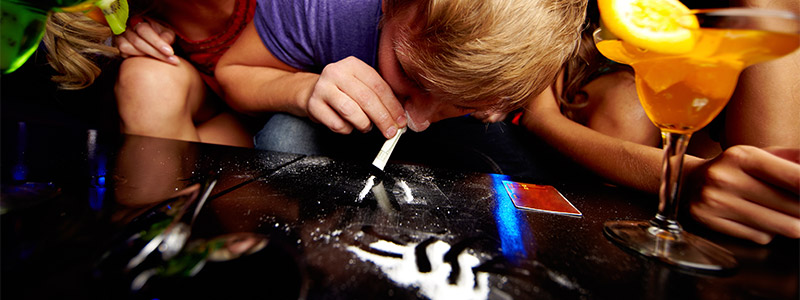
Ketamine is considered a dissociative anesthetic (other examples of this drug are PCP and DXM). This means that the drug distorts the user’s perception of sight and sound and produces feelings of detachment from the environment and oneself. There are some valid medicinal uses of ketamine for anesthetic reasons, though use is currently uncommon and tightly restricted. Ketamine can be detected in urine and hair. The urine test would be the most readily available, and the look-back period is several days.
Order Specialty Drug Test →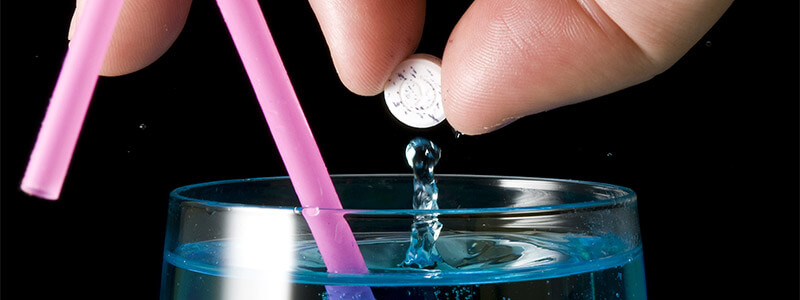
Not approved for use in the United States, Flunitrazepam, trade name Rohypnol, is a central nervous system depressant in a class of drugs called benzodiazepines. Rohypnol depresses central nervous system activity and brain function. This depressed CNS activity manifests itself as sedation, sleep, muscle relaxation, and reduced anxiety. When mixed with alcohol, another CNS depressant, blackout, stupor, respiratory depression, and death are more likely to occur. Rohypnol is commonly used in drug-facilitated sexual assaults, victimizing both men and women, and it became known as a “date-rape” drug. Potential victims often are unaware that they are in danger when sexual predators slip Rohypnol into their drinks, where it dissolves and goes largely undetected. When mixed with alcohol, Rohypnol incapacitates and induces amnesia in its users, making them more vulnerable.
Timing is critical for a drug test for Rohypnol. There is a short window of detection in urine.
Order Specialty Drug Test →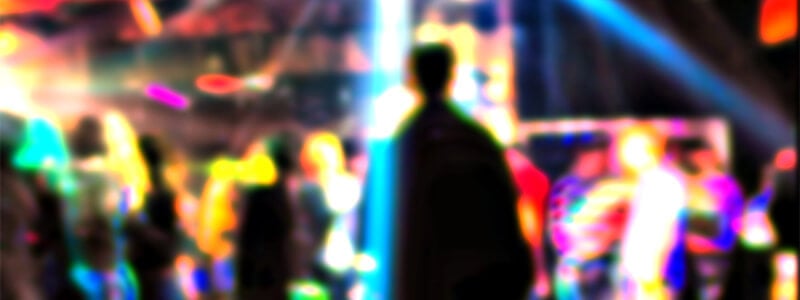
LSD (D-lysergic acid diethylamide) is a highly potent synthetic hallucinogen. Because of its high potential for abuse, LSD is a Schedule I drug under the Controlled Substances Act of 1970. Currently, there is no accepted medical use in the United States. Popular back in the 1970s, today's recreational users of LSD often include people in their late teens and early 20s who are involved in the psychedelic music scene. LSD is among the ranks of club drugs that, along with MDMA and ketamine, was found at dance clubs and large underground parties known as raves. LSD is made into pills, tablets, or a liquid that is then soaked on to small squares of paper called blotters or tabs. The tabs are frequently printed with designs or images.
The drug test for LSD is very specialized. The testing for LSD is with urine with a very short lookback period. If you need a drug test for LSD, call as soon as possible. The body rapidly removes LSD, eliminating it within 24-48 hours.
Order Specialty Drug Test →